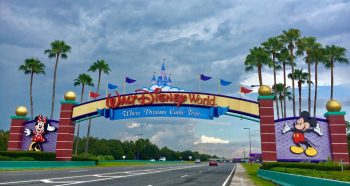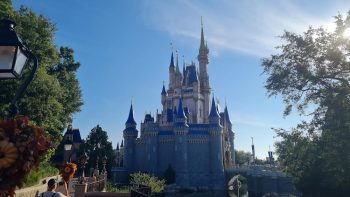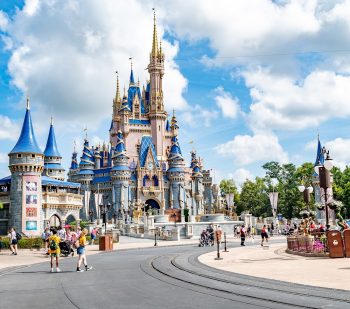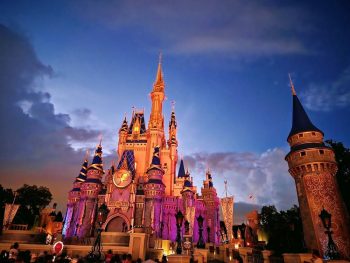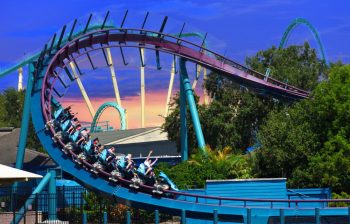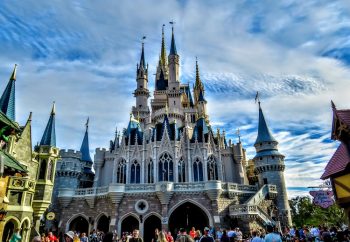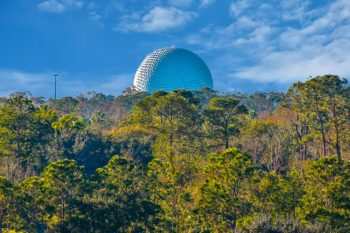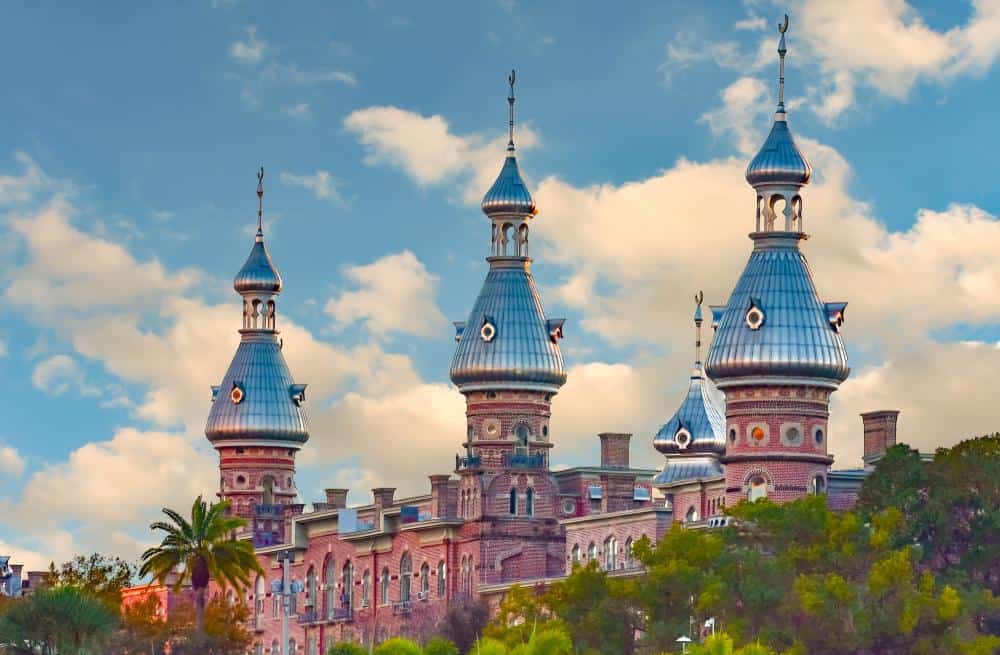
Ever wondered why Disney World, the most magical place on Earth, is located in Florida? The answer is a combination of strategic planning, geographical advantages, and Walt Disney’s ambitious vision for a larger-than-life entertainment complex. In this in-depth article, we’ll explore the reasons why Disney World chose Florida as its home and how this decision has shaped its success.
Disney World is in Florida due to a combination of strategic planning, geographical advantages, and Walt Disney’s ambitious vision. Florida offered favorable weather, accessibility, affordable land, a well-developed road network, and a supportive government. Disney’s vision for a larger and more diverse entertainment complex also played a significant role in choosing Florida. Over the years, this decision has contributed to Disney World’s success and growth, making it a significant part of Florida’s economy and community.
A Brief History
Before Walt Disney settled on Florida, several potential locations were under consideration, including New York, New Jersey, New Orleans, St. Louis, West Palm Beach, and Dallas. However, none of these locations offered the perfect combination of favorable weather, accessibility, affordable land, and supportive government that Florida did.
In 1963, Walt Disney flew over a potential site in Orlando, Florida, and was impressed by its well-developed network of roads, planned construction of Interstate 4 and Florida’s Turnpike, and proximity to McCoy Air Force Base (later Orlando International Airport). The site was also centrally located near Bay Lake.
Disney began secretly buying millions of dollars worth of Central Florida farmland in 1964. The company purchased the land in small lots to avoid revealing the buyer’s identity, which would have caused the land prices to skyrocket. The construction of Disney World began in 1969, and the park opened to the public on October 1, 1971.
Walt Disney’s Vision
Walt Disney’s vision for a larger, more diverse, and technologically advanced entertainment complex was the driving force behind the decision to build Disney World in Florida. He acquired 27,400 acres of land in central Florida, which was twice the size of Manhattan and five times larger than Disneyland’s Magic Kingdom. This vast area allowed him to dream big and plan for a diverse set of attractions, an airport, resort accommodations, and even a “community of tomorrow” centered around technology and modern life.
Florida’s Geographical Advantages
Florida offers several geographical advantages for a theme park like Disney World. The state’s nearly perfect weather all year round, makes it an ideal destination for tourists seeking warm temperatures and sunshine. This allows the theme parks to operate throughout the year, unlike parks in colder climates that may need to close during winter months.
Orlando’s natural beauty and potential to be an amazing destination for visitors from all over the world also played a role in Disney’s decision to build Disney World in Florida. The state’s unique landscapes and ecosystems add to the overall appeal of the area for tourists.
Legal and Economic Incentives
Florida provided significant legal incentives for Disney World when it was first established in the 1960s. The state created the Reedy Creek Improvement District, a special tax district that granted Disney autonomy over the land and operations within the district. This autonomy enabled Disney to efficiently invest in the development and maintenance of the resort, as well as construct new buildings, rides, and improvements without much oversight from other developers.
The Impact on Florida’s Economy and Community
Since its establishment, Disney World has had a significant impact on the economy and community of Florida. As the country’s largest single-site employer, Disney World provides more than 75,000 jobs to cast members in Florida and is also the state’s largest single taxpayer, contributing 1.1 billion dollars in state and local taxes.
Conclusion
In conclusion, the decision to build Disney World in Florida was a strategic one, influenced by a variety of factors including the state’s favorable weather, accessibility, affordable land, and supportive government. Over the years, the park’s location in Florida has contributed to its success and growth, and it continues to play a significant role in the state’s economy and community. Walt Disney’s ambitious vision, coupled with Florida’s geographical advantages, have ensured that Disney World remains a beloved destination for visitors from around the world.
Frequently Asked Questions
How much land did Disney World originally purchase in Florida?
Disney originally purchased approximately 27,400 acres of land in Florida. This area is twice the size of Manhattan and five times larger than Disneyland’s Magic Kingdom.
When did Disney World open to the public?
Disney World opened to the public on October 1, 1971.
What was the original vision for Disney World?
Walt Disney envisioned Disney World to be a larger, more diverse, and technologically advanced entertainment complex. He planned for a diverse set of attractions, an airport, resort accommodations, and even a “community of tomorrow” centered around technology and modern life.
What is the Reedy Creek Improvement District?
The Reedy Creek Improvement District is a special tax district created by the state of Florida. It granted Disney autonomy over the land and operations within the district, enabling Disney to efficiently invest in the development and maintenance of the resort.
What impact does Disney World have on Florida’s economy?
Disney World plays a significant role in Florida’s economy. It is the country’s largest single-site employer, providing more than 75,000 jobs to cast members in Florida. It is also the state’s largest single taxpayer, contributing 1.1 billion dollars in state and local taxes.

